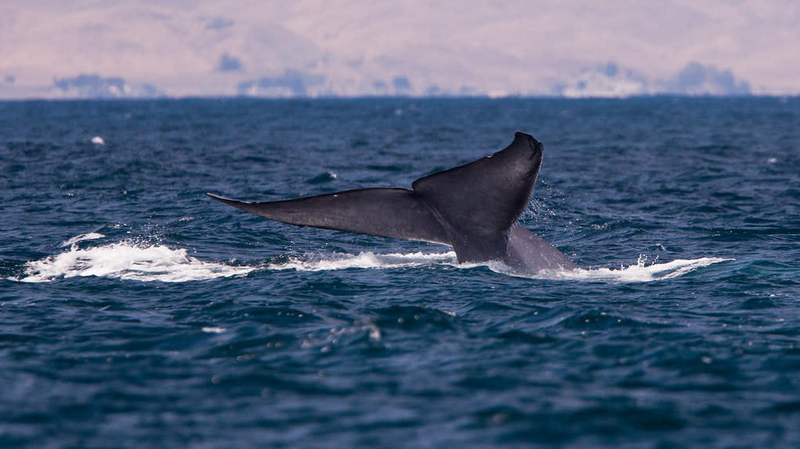
Save the Whales—But Actually
by Dharna NoorEnvironmentalists have been demanding that we save the whales for decades. The phrase has been printed ad nauseam on so many buttons and t-shirts and bumper stickers that it’s practically a joke.
But we should probably listen to them.
Great whales are not only fascinating and cute as hell, they also keep carbon out of the atmosphere. When they’re alive—and they often live for 200 years—they accumulate carbon dioxide in their bodies. When they die, they sink to the ocean’s floor, carbon still in tow. According to International Monetary Fund (IMF) economists, those services are worth millions of dollars.
“The carbon capture potential of whales is truly startling,” a recent IMF analysis states. “Our conservative estimates put the value of the average great whale, based on its various activities, at more than US$2 million.”
Over the course of its life, each great whale sequesters an average of 33 tons of carbon. For comparison, trees only sequester 3 percent of that over the same period of time. The whales, as it turns out, are actually saving us.
There’s more: Whales also save the planet by shitting. Their massive, iron-rich poops boost phytoplankton growth, which is crucial because phytoplankton are the main food source for marine life, contribute half of the world’s oxygen to the atmosphere, and are responsible for capturing 40 percent of all carbon on Earth.
“To put things in perspective, we calculate that this is equivalent to the amount of CO2 captured by 1.70 trillion trees—four Amazon forests’ worth—or 70 times the amount absorbed by all the trees in the U.S. Redwood National and State Parks each year,” the report says. “Increasing phytoplankton productivity by just one percent would capture hundreds of millions more carbon each year, which is “equivalent to the sudden appearance of 2 billion mature trees.”
This week brought an onslaught of urgent reports showing the need for immediate climate action, and in just a few days, world leaders be tasked with emboldening their nations’ climate action plans at international climate talks in Madrid. Maybe whales should be on the agenda.
“Coordinating the economics of whale protection must rise to the top of the global community’s climate agenda,” reads the report. “Since the role of whales is irreplaceable in mitigating and building resilience to climate change, their survival should be integrated into the objectives of the 190 countries that in 2015 signed the Paris Agreement for combating climate risk.”
Whale conservation can be difficult and costly, but the scientists say it’s worth the investment. In the report, they quantified the worth of the world’s whale population based on the price of carbon and other economic benefits the animals can provide, like enhancing fisheries and boosting ecotourism. This, admittedly, feels a little perverse—quantifying a whale’s worth, especially as a tourist attraction, makes it seem less like the world contains beautiful potential for balance and more like humans exploit millions of dollars of unpaid whale labor. Can whales unionize? Nevertheless, the scientists pegged the value of the world’s population of great whales at over $1 trillion.
Of course, whales can’t be a replacement for transformative change. The global economy is in large part built on fossil fuels, and it’s going to take a lot more than whale conservation to change that. But as we take on the climate crisis, the report makes a very convincing case for whales being a key part of the plan to curtail emissions.